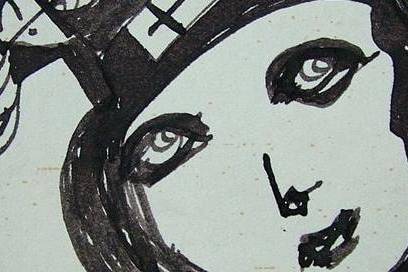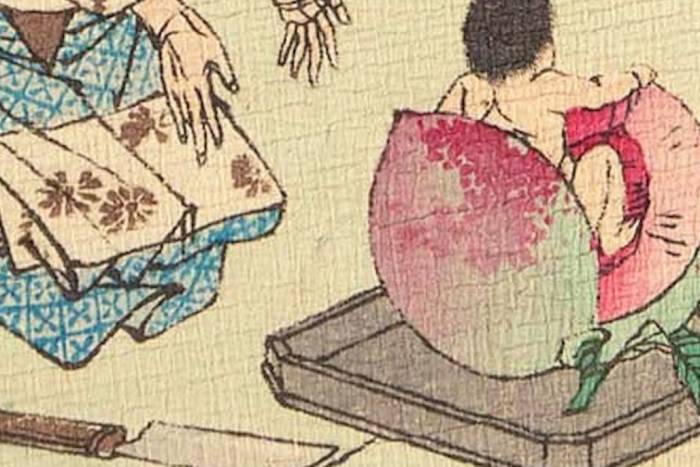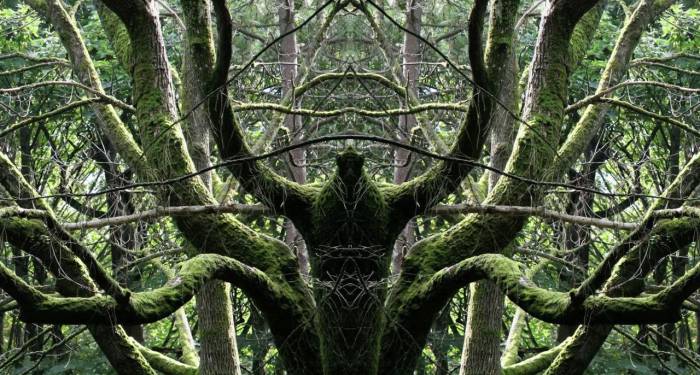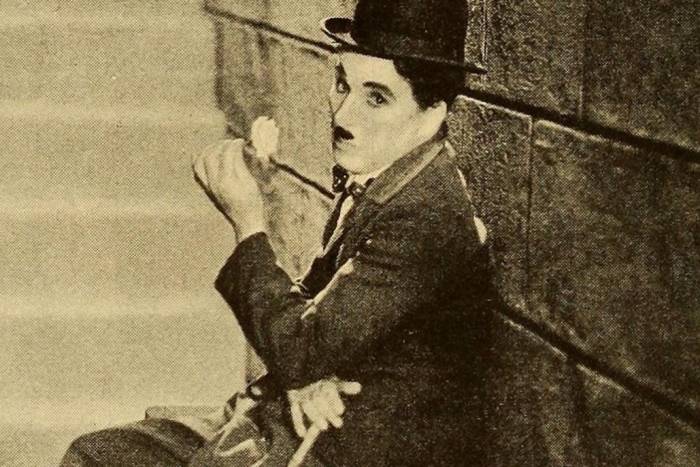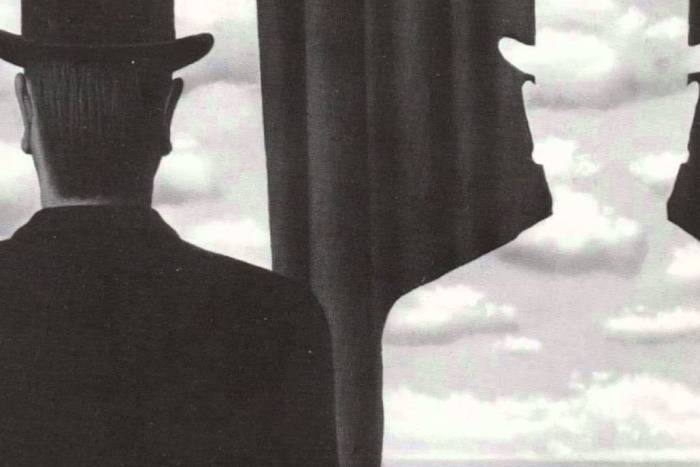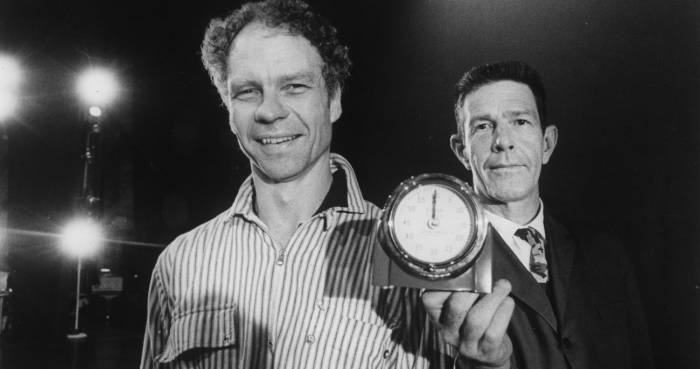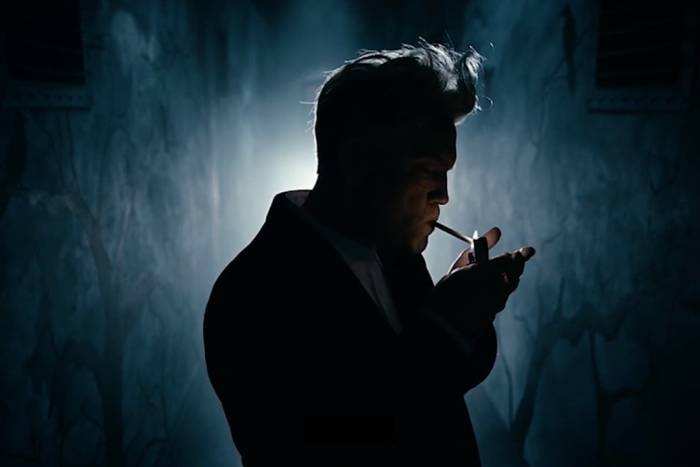Dripped: Paying an Animated Tribute to Jackson Pollock
Director and designer Léo Verrier has received multiple awards for this inspiring animation.
Every year, hundreds of works of art disappear from institutions and galleries around the world. Many of them will become tokens, presents which members of organized crime will use to seal alliances and close deals; others must wind up on the black market and, unfortunately, many of them will never be recovered. If only some of these lost works could become part of a fantasy like the one director Léo Verrier displays for us.
Dripped pays homage to Jackson Pollock (1912-1956), creator of the shapeless flesh, of movement and of the celerity of abstract expressionism. In his animation, Verrier invites us to 1940s New York, where an art thief does not wish to possess works to contemplate or profit from them; instead he preserves and devours them because they alter his body and spirit. The main character acquires the plastic powers of the works he engulfs, and gravitates in the fantasy that takes us back to the beginning of art, when magic and work were one and the same.
In his small apartment he possesses classic and modern works, and after devouring them, he decides to make his own painting —alluding, perhaps, to the references a visual artist nurtures from in order to create. After trying to digest his own still life, the frustrated creator reacts violently at the finding of the essence of his creation: the dripping, the creative seal that Pollock took to its limits.
Pollock’s work convulsed New York, the art capital of the second half of the 20th century. Critics like Clement Greenberg and Harold Rosenberg wrote about a new tendency in art —painting should possess volume, body and strength, which had to move away from figuration to bring the viewer closer to the indecipherable lands of meditative contemplation. A painting that required a passionate and courageous nature that its two main exponents —Mark Rothko and Jackson Pollock— possessed. These two creators defined the course of 21st century art.
With this piece we honor the work of someone who altered the vertical act of painting (on an easel) and took it to horizontality (the ground). Connecting with the art of the Earth, gravity and the viscosity of pain, Jackson Pollock transformed the world.
Related Articles
Pictorial spiritism (a woman's drawings guided by a spirit)
There are numerous examples in the history of self-taught artists which suggest an interrogation of that which we take for granted within the universe of art. Such was the case with figures like
Astounding fairytale illustrations from Japan
Fairy tales tribal stories— are more than childish tales. Such fictions, the characters of which inhabit our earliest memories, aren’t just literary works with an aesthetic and pleasant purpose. They
A cinematic poem and an ode to water: its rhythms, shapes and textures
Here lies One Whose Name was writ in Water. - John Keats Without water the equation of life, at least life as we know it, would be impossible. A growing hypothesis holds that water, including the
Watch beauty unfold through science in this "ode to a flower" (video)
The study of the microscopic is one of the richest, most aesthetic methods of understanding the world. Lucky is the scientist who, upon seeing something beautiful, is able to see all of the tiny
To invent those we love or to see them as they are? Love in two of the movies' favorite scenes
So much has been said already, of “love” that it’s difficult to add anything, much less something new. It’s possible, though, perhaps because even if you try to pass through the sieve of all our
This app allows you to find and preserve ancient typographies
Most people, even those who are far removed from the world of design, are familiar with some type of typography and its ability to transform any text, help out dyslexics or stretch an eight page paper
The secrets of the mind-body connection
For decades medical research has recognized the existence of the placebo effect — in which the assumption that a medication will help produces actual physical improvements. In addition to this, a
The sea as infinite laboratory
Much of our thinking on the shape of the world and the universe derives from the way scientists and artists have approached these topics over time. Our fascination with the mysteries of the
Sharing and collaborating - natural movements of the creative being
We might sometimes think that artistic or creative activity is, in essence, individualistic. The Genesis of Judeo-Christian tradition portrays a God whose decision to create the world is as vehement
John Malkovich becomes David Lynch (and other characters)
John Malkovich and David Lynch are, respectively, the actor and film director who’ve implicitly or explicitly addressed the issues of identity and its porous barriers through numerous projects. Now

